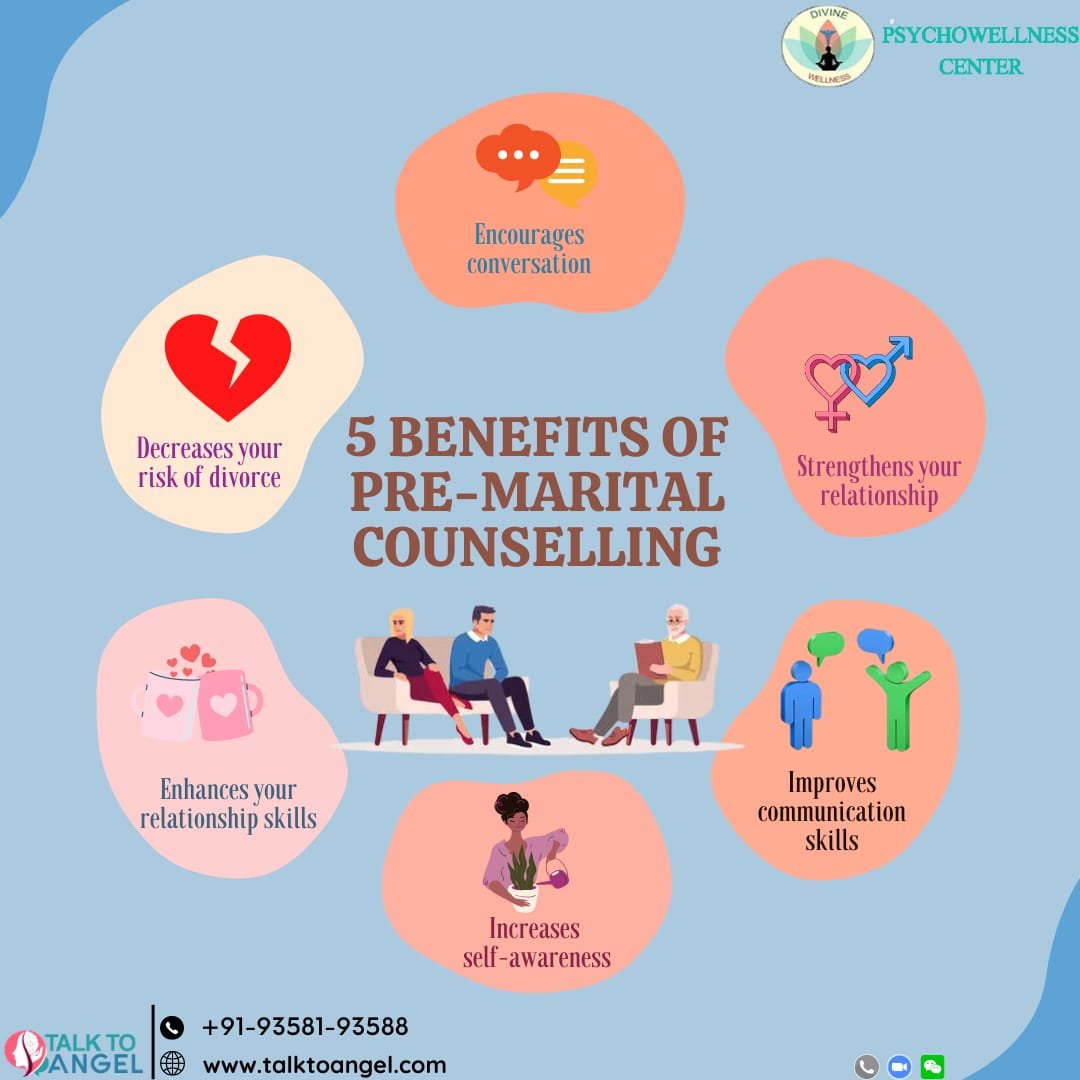Aim Point Counseling - Questions
Aim Point Counseling - Questions
Blog Article
Getting The Aim Point Counseling To Work
Table of ContentsSome Known Questions About Aim Point Counseling.The Best Guide To Aim Point CounselingAll About Aim Point Counseling9 Easy Facts About Aim Point Counseling DescribedAim Point Counseling - An OverviewThe 4-Minute Rule for Aim Point Counseling
The longitudinal layout includes a pre-treatment study and two follow-up studies at 3- and 12-months post-intervention. The study is embeded in eight Relationships Australia Victoria centres, throughout cosmopolitan, outer residential areas, and regional/rural sites. Relationships Australia, a non-government organisation, is the biggest provider of couple counselling and partnership solutions in Australia.
In Australia, the mean size of marital relationship prior to separation is 8.8 years, and roughly half of all divorces include couples with children [1] These high prices of relationship failure have been continually connected with unfavorable health and wellness effects for both adults and children complying with divorce/separation. These include isolation from support networks, and decreased earnings and requirement of living for both adults and kids [3], dilemmas of loyalty over children for guys, and clinical depression and loss of identification for females [4,5]
6 Simple Techniques For Aim Point Counseling
Longitudinal studies also recommend that kids of separation have a higher occurrence of psychological problems, alcohol and drug usage, and dangerous sexual practices [7] The effects of divorce and separation can be destructive, research study indicates that high partnership dissonance in undamaged pairs is additionally likely to have negative outcomes.
Research to day has actually recognized both couple and individual elements that may contribute to connection discord. These include relationship satisfaction and dedication at the couple degree, and clinical depression at the private level.
Not known Incorrect Statements About Aim Point Counseling
Connection contentment has been one of the most usual end result variable recognized in more than 200 examinations of couple therapy [11,12] Researches have actually found considerable renovations in partnership satisfaction from pre- to post-treatment [13,14] and throughout one to 2 years complying with coaching [15] In these researches, connection contentment was most regularly analyzed using the Dyadic Adjustment Scale (DAS) [16] While the majority of researches indicate improvements in partnership fulfillment following couple counselling, they are restricted by the examples and steps used, greatly temporary follow-up time structures, and analyses that do not account for the dyadic nature of couple data - christian marriage counseling. Partnership dedication, based upon procedures such as the Dedication Inventory (CI) [19], is another typically checked out connection result.
To sum up, research study indicates that couple-specific variables in addition to private elements might forecast the results of pair counselling and connection solutions. The causal instructions of these connections, however, is less clear. These observations are necessary, because, to justify and assist the application of connection services such as pair counselling, empirical proof has to check out both the outcomes of partnership services and the factors that forecast effective treatment.
, at the very least in some European nations.

We currently know little regarding the accounts of couples who look for out relationship education contrasted with those who look for connection counselling, or the results of these programs. Anecdotal evidence recommends that there may be significant distress among at the very least some couples seeking relationship education and learning.
Fascination About Aim Point Counseling
Responses involves individuals completing questionnaires concerning their partnership (e.g. steps of interpersonal issues), and obtaining information on what their scores show. visit this page Cognitive-behavioural methods promote changing cognitions to help with positive connections. These may consist of advertising realistic attributions/expectations around unfavorable companion behaviour [46] Lastly, in abilities training, pairs participate in talks or presentations on partnership abilities, and practice these during facilitator-led activities [ 45]
These impacts have actually persisted for as much as 4 years in some researches [47] These meta-analyses highlight restrictions in the existing literary works on relationship education. Specifically, most of research studies included pairs from upper socio-economic histories who were not experiencing high partnership dissonance [47,48] This example profile might not represent clients that usually provide for connection education.
Aim Point Counseling for Beginners

Extremely little research study has actually checked out the comparative advantages of couple coaching and relationship education and learning programs. As customers are likely to self-select into these service types, it is unclear whether particular connection distress accounts present per solution kind, or undoubtedly whether there is a communication in between offering account, service type and outcome.
(https://disqus.com/by/a1mpoint/about/)
Therefore, we have consisted of a 12-month follow-up to evaluate longer-term patterns and results.
Therefore, we suggest to use multi-level statistical modelling procedures that regulate for the inter-dependence of couple data to assess any type of therapy impacts. The details goals of the ECC research are to: 1. Map accounts of clients seeking neighborhood agency-based couple coaching vs. connection enhancement programs in terms of socio-demographic and partnership indicators (such as relationship complete satisfaction, connection dedication, interpersonal troubles, and factors for participating in), along with health (such as depression, general wellbeing) and wellness service use (eg.
2. Determine whether pair therapy and connection education solutions boost three- and twelve-month results for partnership contentment, commitment, and depression, making use of statistical evaluations suitable to couple data. 3. Determine the relative payments of client factors (specific and couple) and therapy/education factors to results at 3- and 12-months, and to sustainability of outcomes over time.
Some Ideas on Aim Point Counseling You Need To Know
Multi-level modelling to figure out pre-post differences, controlling for dyadic (couple) degree. To add to the literary works assessing the effectiveness of community-based pair counselling.
Report this page